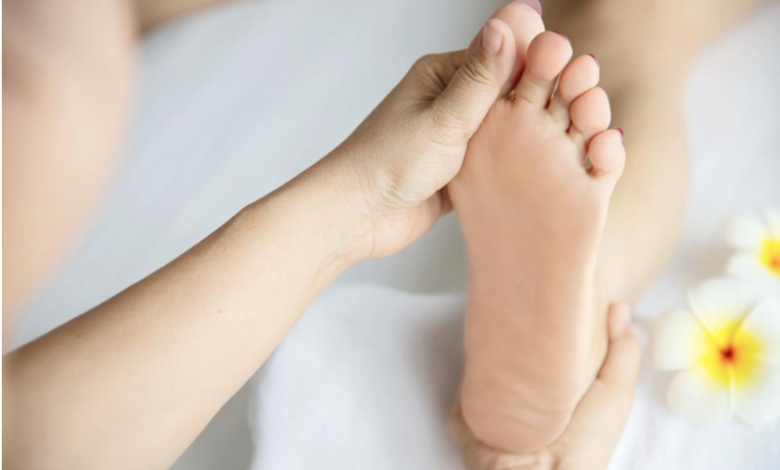How to Care for Chronic Foot Wounds

Foot injuries are common and can range from minor cuts or scrapes to more serious ulcers. While most foot wounds heal with basic care, some may worsen over time and lead to serious complications, especially in individuals with underlying conditions like diabetes. It’s important to address these wounds properly to prevent long-term damage or infections. Whether caused by an injury or a medical condition, chronic foot wounds require careful attention and sometimes professional intervention. Here’s a comprehensive guide to help you care for these wounds at home and recognize when it’s time to seek medical help.
Check for Diabetes
Individuals with diabetes are at a much higher risk of developing foot ulcers. The reduced circulation and nerve damage often associated with diabetes can lead to wounds that go unnoticed and untreated, increasing the risk of infection. If you have diabetes, it’s crucial to inspect your feet daily for any abnormalities, such as cuts, blisters, or ulcers.
Regular Foot Inspections: Diabetic patients should make it a habit to check their feet daily in a well-lit area. If self-examination is difficult, enlist the help of a family member or caregiver.
Early Detection: If you notice an ulcer or wound that appeared without an obvious cause, it could be a sign that your blood sugar levels are affecting your circulation and nerve function. It’s essential to consult a doctor immediately to prevent the wound from becoming infected or chronic.
Early detection is key in preventing more severe complications, including infections or even amputation, in diabetic patients.
Keep the Wound Clean and Dry
Proper wound care starts with cleanliness and maintaining a dry environment. Keeping a wound clean is essential for preventing infections and promoting faster healing.
Cleaning: Gently wash the wound with mild soap and water. Avoid using harsh chemicals or alcohol-based products, as they can irritate the skin and slow the healing process.
Drying: After cleaning, pat the area dry with a clean towel. It’s important to avoid leaving moisture on the skin, as it can lead to fungal infections or maceration (the breakdown of skin tissue).
Covering the Wound: For minor wounds, you can use a sterile bandage or dressing to protect the area from dirt and bacteria. However, if the wound is large or deep, it’s recommended to seek medical advice before attempting home care.
Proper cleaning and drying can help minimize the risk of infection and allow your foot wound to heal more efficiently.
Monitor for Signs of Infection
Regular monitoring of the wound is critical, especially in cases where the healing process is slow. Infection can delay healing and lead to more serious complications.
Watch for Symptoms: Signs of infection include increased redness, swelling, warmth, pain, and discharge from the wound. If the area around the wound becomes increasingly tender or shows signs of spreading redness, it’s important to consult a healthcare provider right away.
Prompt Treatment: If an infection is suspected, treatment may involve antibiotics or advanced wound care products. Delaying treatment can worsen the infection and make the healing process more difficult.
Monitoring the wound closely allows for early detection of infection, which can prevent complications and promote faster recovery.
Consider Advanced Treatment Options
Sometimes, chronic foot wounds persist despite diligent care. When a wound becomes chronic, advanced treatments may be required to promote healing. These options can be crucial for individuals with conditions like diabetes or circulatory problems.
Negative Pressure Wound Therapy: This technique uses a vacuum dressing to draw out fluid from the wound, improving circulation and promoting healing. It’s often used for deep or slow-healing wounds.
Hyperbaric Oxygen Therapy: This treatment involves breathing pure oxygen in a pressurized room, which helps increase the amount of oxygen in the blood, speeding up the healing process, especially for chronic wounds like diabetic foot ulcers.
Surgical Debridement: In some cases, surgical removal of dead or infected tissue is necessary to promote healing in chronic wounds. A surgeon will clean the wound and remove damaged tissue to allow for better recovery.
Vaporox Therapy: Foot wound vaporox procedure is a non-surgical treatment designed specifically for chronic foot wounds, such as diabetic ulcers, gangrene, and pressure sores. This therapy helps accelerate the healing process and is particularly effective when conventional treatments have failed.
If a chronic foot wound isn’t responding to basic care, consult a healthcare professional to explore these advanced treatment options.

